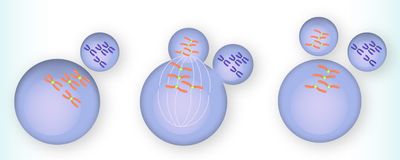Login
SubscribeInfographics
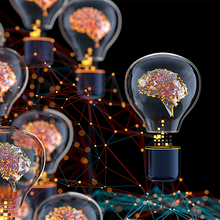
Major Advances in Mini Brain Bioengineering
The Scientist’s Creative Services Team | Mar 31, 2023 | 1 min read
Explore the latest developments in brain organoid production.
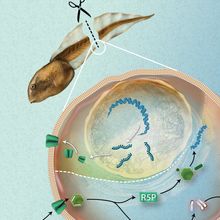
Infographic: How Tadpoles Use Glucose to Fuel Tail Regrowth
Natalia Mesa, PhD | Mar 1, 2023 | 1 min read
Unlike other fast-growing cells, regenerating tadpole cells fuel growth using the pentose phosphate pathway rather than glycolysis, a study indicates.
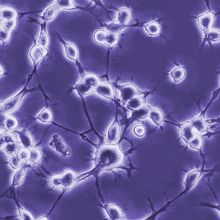
Cultivating Consistency in Cell Culture
MilliporeSigma | 1 min read
Discover the ins and outs of the cell culture workflow.
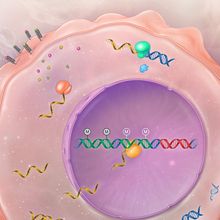
Infographic: Transposable elements in cancer
Diana Kwon | Mar 1, 2023 | 1 min read
Jumping genes are let loose in cancerous cells, with multiple effects on cell health.
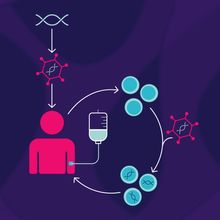
Viral Vector Platforms for Gene Therapy
The Scientist’s Creative Services Team | Feb 9, 2023 | 1 min read
In both the laboratory and clinic, scientists harness viral genetic transfer capabilities to develop gene therapies that modulate cellular function.

What Oxygen Level Is Biologically Relevant For Cell Culture?
Thermo Fisher Scientific | 1 min read
Normoxic atmospheric conditions provide excessive oxygen availability, leading to abnormal cell behavior.
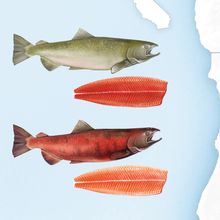
Infographic: An Incredible Journey
Christie Wilcox, PhD | Feb 1, 2023 | 1 min read
Chinook make their way up the Klamath River every year, but fewer and fewer arrive in the spring.
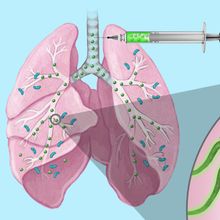
Infographic: Algae Robots Transport Antibiotics to Infected Tissues
Holly Barker, PhD | Feb 1, 2023 | 1 min read
Microscopic algae dotted with drug-filled nanoparticles may offer a more effective means of treatment than traditional delivery methods.
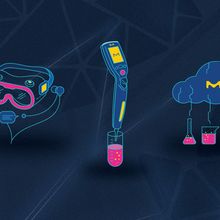
Into the Future: Connecting Researchers, Instruments, and Data
MilliporeSigma | 1 min read
Discover the smart solutions that empower scientists to take their research to the next level.

Timeline: An Extended Battle
Christie Wilcox, PhD | Feb 1, 2023 | 3 min read
Various concerned groups have been petitioning NOAA Fisheries to list spring-run Chinook salmon in Oregon and Northern California for over a decade.
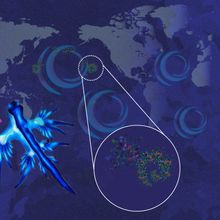
Infographic: Neuston Drift Atop the World’s Oceans
Amanda Heidt | Jan 2, 2023 | 1 min read
The sea surface is home to a diverse group of animals adapted to life in the open ocean, but increasingly, they’re sharing that space with plastic debris.
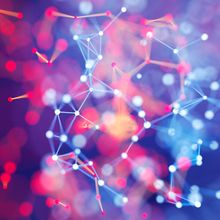
Simplifying Spatial and Molecular Profiling with End-to-End Services
Canopy Biosciences | 1 min read
A visual guide to streamlining high-plex, high-throughput workflows
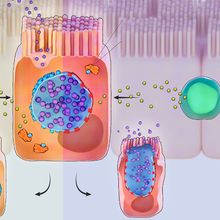
Infographic: How Chlamydia Evades Immune Detection
Natalia Mesa, PhD | Jan 2, 2023 | 2 min read
Chlamydia trachomatis, the bacterium that causes chlamydia, hides from the immune system by cloaking itself in the host cell’s membrane then modifying the membrane’s protein composition.
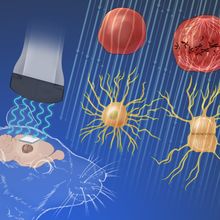
Infographic: A Brain Implant Stops Tumor Growth in Rats
Holly Barker, PhD | Dec 12, 2022 | 1 min read
The new, implantable device converts ultrasound waves into electrical energy inside the brain, interfering with tumor cell division.

Go with the Flow: Adapting Lateral Flow Assays for Nucleic Acid Detection
The Scientist’s Creative Services Team and nanoComposix | 1 min read
Scientists incorporate sensitive nanoparticles to rapidly detect DNA and RNA.
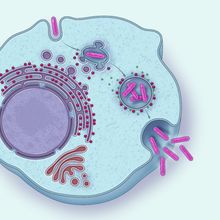
Infographic: Intracellular Bacteria’s Tricks for Host Manipulation
Catherine Offord | Dec 1, 2022 | 2 min read
Various microbes, including several human pathogens, hijack the cell’s skeleton, membranes, and protein-making machinery to make themselves at home.
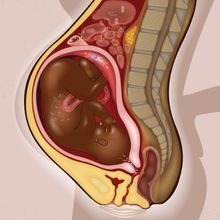
Infographic: How Immunology Can Influence Pregnancy Outcomes
Tobias R. Kollmann, Arnaud Marchant, and Sing Sing Way | Nov 14, 2022 | 3 min read
Pregnancy-induced changes in the immune system are key to a successful birth. Understanding those changes could allow researchers to protect both mother and child.
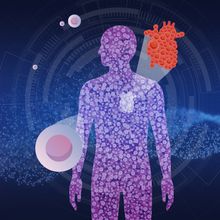
Scientific Breakthroughs with Stem Cells
Nele Haelterman, PhD | 1 min read
Discover the various ways scientists bolster stem cells to understand and cure disease.
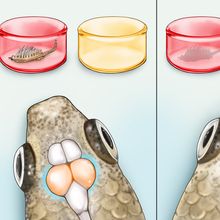
Infographic: Two Guppy Brain Regions May Help Them Learn Tasks
Natalia Mesa, PhD | Nov 14, 2022 | 1 min read
While guppies with larger optic lobes were champions at learning visual discrimination tasks, guppies with larger telencephalons fared better when researchers switched things up.
